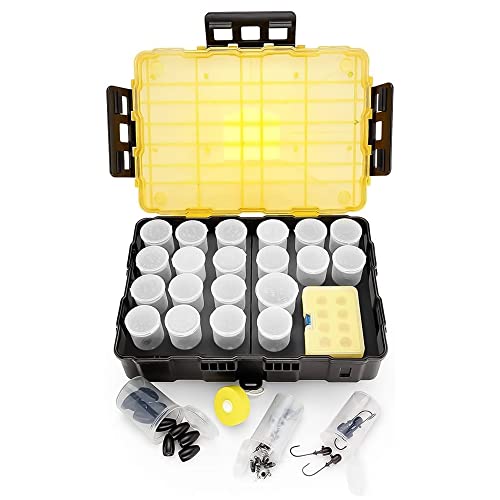typically as you set the motor back from the transom the higher you can run the the motor, so long as the prop doesn't ventilate (blow out). So with many small jack plates, which are 5-6" setback, you can gain up to 3" of lift. Ideally you'd want a hydraulic jack plate such as the atlas micro-jacker. I have installed these on river boats that are used locally. They work great. The problem with a manual plate is that there is ALWAYS a compromise. Manual plates require tools to lift the motor. There is a point where the motor is lifted too high to plane, it blows out before you get on plane, but if/when you ever do get on plane it's fine. So ideally you'd want to raise the motor a little AS you are throttling up, drop it so it don't blow out while planing, then once on plane, lift it. You can't obviously do that with a manually adjusted jack plate or even a fixed jack plate. This is where hydraulic is handy!
4 blade prop will run shallower than a 3 blade of the same exact design. A prop with some cupping will run shallower than one without. A 4 blade with some cup specifically designed to run at or above the surface will let you run the motor high enough to uncover the water pump intake holes on most standard outboards, hence the need for low water pickups. I've seen some locals run 4 blade cleavers which are not cheap by themselves, then pay someone to mod the foot for low water pickup, just so they can run in a foot of water. By time that amount of investment is made, they'd have been better off with a jet and a lot of these guys will end up buying a second boat that is powered by a jet.


























































